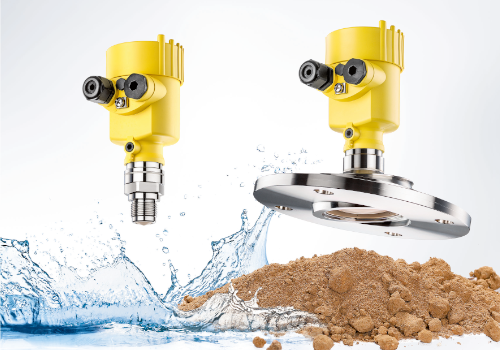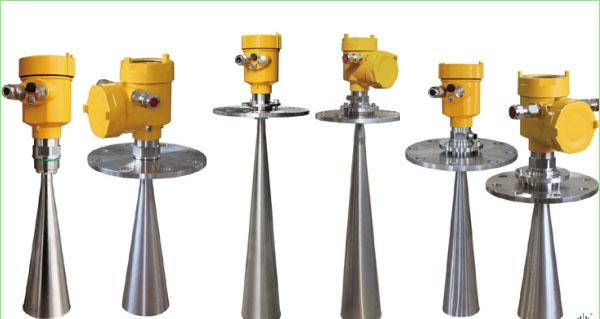BETTER TOUCH BETTER BUSINESS
Contact Sales at KAIDI.
False liquid level and inaccurate measurement are frequent problems with many liquid level instruments, and they are also the two most common problems with radar level gauges measuring crude oil. What causes these two problems? When encountering such problems, how to solve them?

When the radar level gauge measures crude oil, the false liquid level that appears is generally a fixed value displayed on the instrument, and this value does not change with the rise and fall of the crude oil level in the storage tank. There are two main reasons for this to happen:
First, when the crude oil flows out of the storage tank, if the outdoor temperature is low, the temperature of the tank wall and the still-pipe will be lower than the temperature of the crude oil in the storage tank. During the crude oil flowing out, the still-pipe will hang oil. . When the phenomenon is serious, the radar level gauge is likely to have false liquid levels.
Second, the still-pipe is corroded for a long time, causing false liquid levels to appear. Crude oil, as we all know, is a high freezing point, high viscosity liquid. In reality, in order to maintain a certain liquidity of crude oil, companies often use steam tracing to achieve their goals. When the temperature is too high, a large amount of oil and gas will be generated in the still-pipe. If it is not removed in time, the still-pipe will be corroded. Over time, the radar level gauge will also show false liquid levels.

For this kind of problem, once it is found that the interference signal becomes stronger or the liquid level signal becomes weaker, you should start from two points: first, check the antenna to see if it needs to be cleaned; obstacle.
When the radar level gauge measures the false level of crude oil in the above situation, it is actually very easy to solve, so under what circumstances will the measurement be inaccurate?
When the radar level gauge measures the filling, considering the influence of the medium on the antenna, the antenna will be kept at a certain distance from the liquid surface.
When measuring the bottom of the tank, the radar wave emitted by the radar level gauge may penetrate the liquid surface and reach the bottom of the storage tank. At this time, the reflected radar wave is the interference wave. In addition, if the bottom of the tank is conical or concave, if the liquid level is lower than this point, the radar level gauge will also fail to measure.
So in this case, in signal processing, you should pay attention when selecting the upper and lower thresholds.
At present, the most widely used field of radar level gauge is the petrochemical industry, so for these basic knowledge, you may wish to know more about it in your spare time.

We are here to help you! If you close the chatbox, you will automatically receive a response from us via email. Please be sure to leave your contact details so that we can better assist